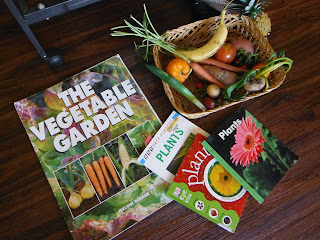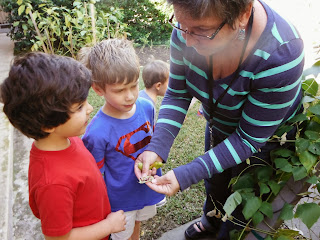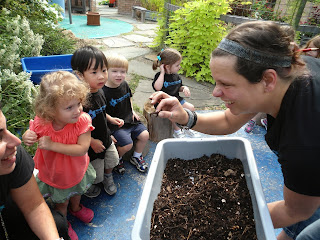I read the book, Harvest of Light. At the conclusion, I asked the question again, "what makes light in the darkness"? And the answer was, "olive oil".
We decided to try and create a light using the olive oil. We compared the flame on the candle with the flame from the olive oil. They
decided that the olive oil made a larger
flame.
Next, we conducted a taste test. The book explained that green olives were not ripe. Before they are eaten, they need to be pickled. The dark olives are the ripe ones. They are the olives that make the oil. The students tasted both types. Most everyone liked the green olives the best.In this experience, we incorporated literacy, home and cultural connections, and Judaic concepts and observance. In addition, through sensory and hands on experience, the students gained an understanding of the origin of the Miracle of Light story, where the oil comes from, and the multiple uses of the olive.






















































